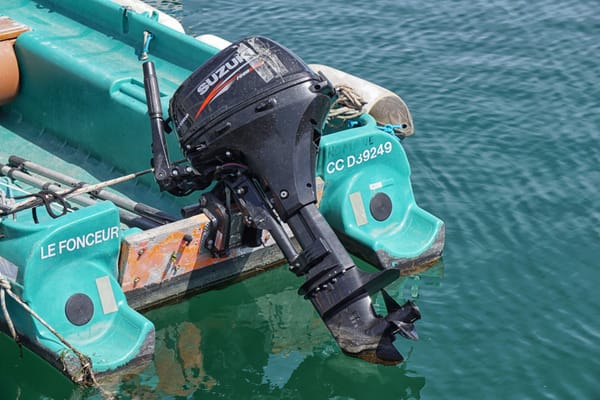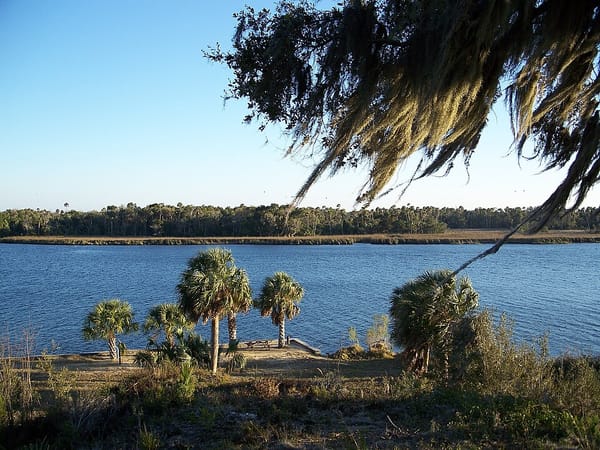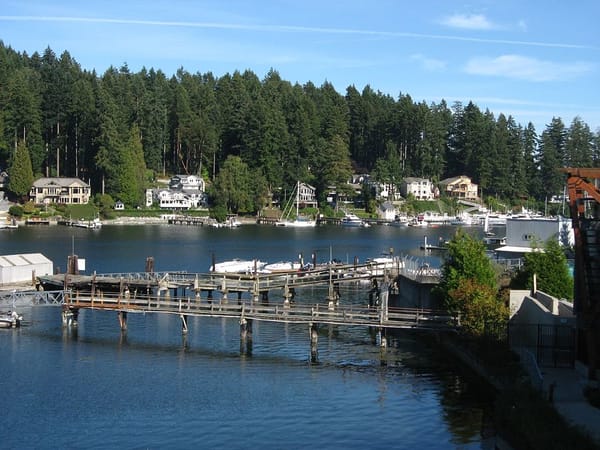Time for Tires: Boat Trailer Tire Tips to Stay Aground
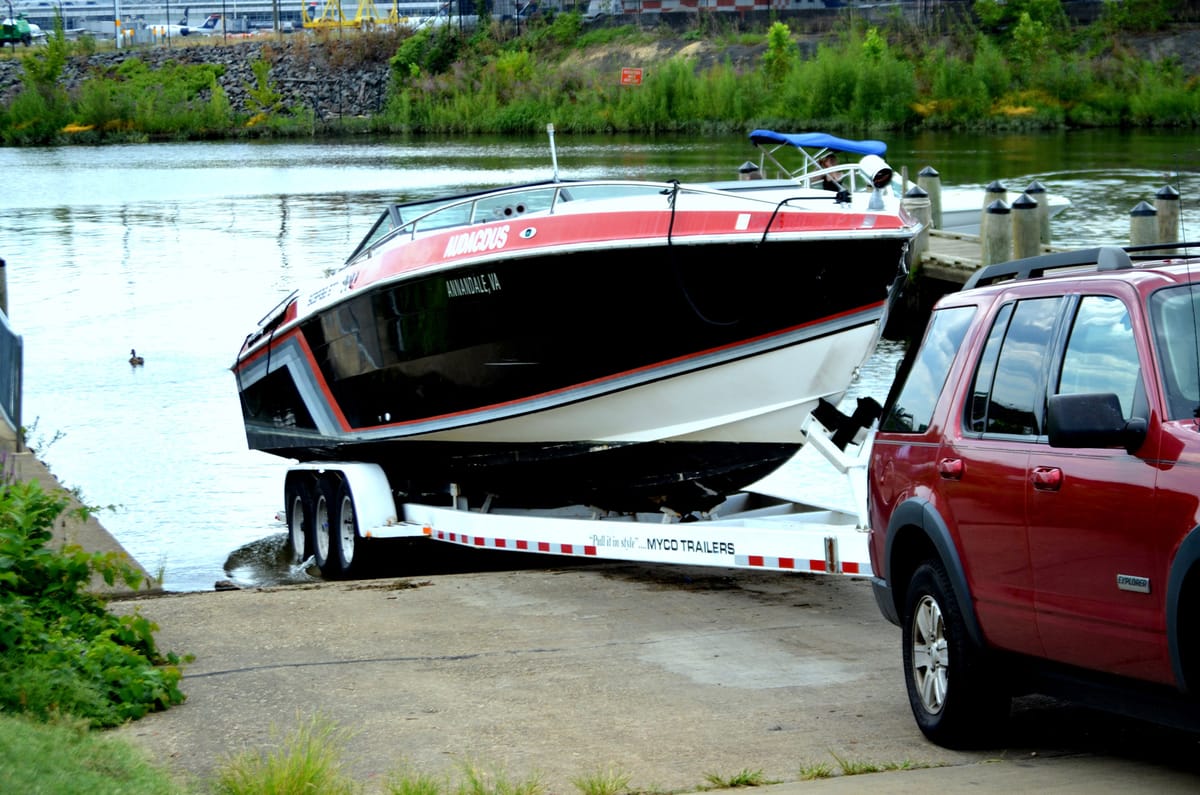
Your boat trailer is your best friend when it comes to transporting your boat from home to a marina or private boat slip rental and launching and retrieving at the ramp. A boat trailer can handle a little rust, but if the tires are flat, cracked or otherwise impaired, you’re not going to get much of anywhere. Improper tire maintenance is a safety hazard and can lead to breakdowns. Nobody wants to be stuck on the side of the road in general, let alone with a boat on a trailer. Trust us on that one.
Along with your basic boat maintenance routine, it’s important to add in some time for tires. Let’s look at some basic issues to check for before you drive off to a private boat lift rental for the weekend.

Types of Boat Trailer Tires
There are two main types of boat trailer tires: bias-ply sidewalls and radial tires. You’re going to want to base your choice on what originally came on the trailer, how often you use the trailer, the load of the trailer, distances traveled and as your budget.
Bias-Ply Sidewalls
Bias-Ply tires are stiffer, which can help with trailer swaying. They’re good for short trips and heavier loads. Many use them for off-road access. They last an average of 12,000 miles and are less expensive than radial tires.
Radial Tires
Radial tires have a higher load capacity, run cooler and offer less road noise. They’re better for traveling long distances and highway use. Radials last an average of 40,000 and are more expensive than bias-ply tires. They’re also less likely to develop flat spots.
Quick Tire Tips
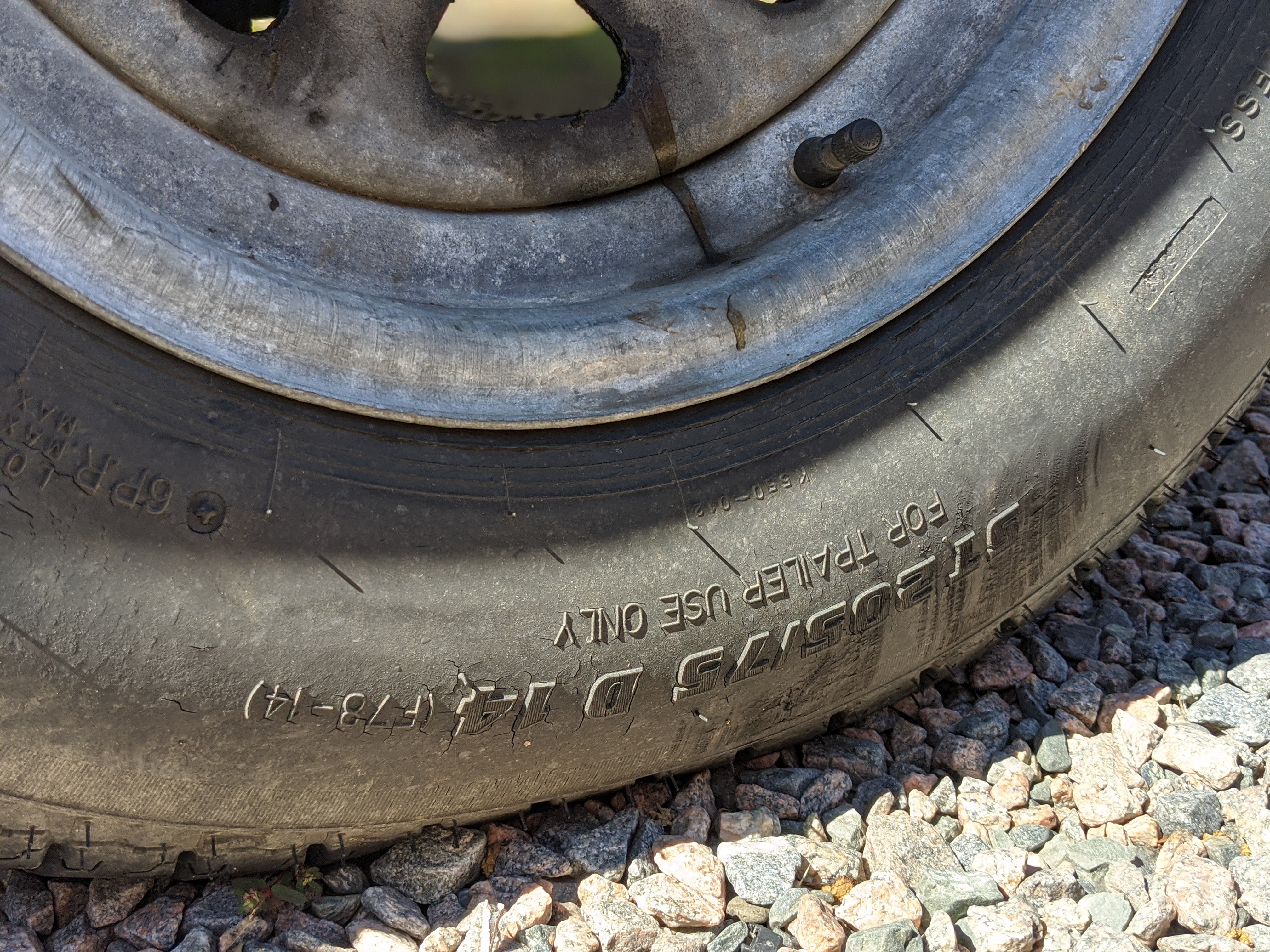
Use the proper tires for a trailer. They need to be ST or marked “trailer use only.”
Make sure the tires are the correct load for the weight of the boat and the trailer.
Correct PSI (tire pressure) is key. Tire pressure can cause issues with axle alignment or trailer overload. Pressure that’s too high can cause the center of the tire to wear quicker. Too low pressure can cause wear on the sides. Uneven wear can be a sign of a bent axle or mean that an axle is out of alignment. Temperature changes can even affect the pressure, so it’s a good idea to keep a tire pressure gauge on hand.
Replace tires that are more than six years old (or if you see signs of severe wear and damage sooner than that).
Check the sidewalls for bulges (which is an indication of a broken cord) and cracks in the tread (as well as screws and such).
Just like car tires, boat trailer tires need to be professionally balanced.
UV rays can damage tires by causing cracking in the sidewalls. Tire covers are an excellent, and fairly inexpensive, way to prevent this.
Check for leaking or damaged valve stems on all the tires.
Wheel bearing protectors (Bearing Buddy) are a good idea as the bearings can get rusty. You are backing into water, after all. Wheel bearings work by using a spring-loaded piston that holds the grease in the wheel hub (using light pressure). This keeps water from getting into the hub and bearing assembly. Reseal and repack the wheel bearings yearly.
Boat trailers aren't in NASCAR. It's not a race, so keep it down. Speed can cause wear on tires. Most are rated for no more than 65 mph.
Oxidation issues from sun and moisture can damage your boat trailer tires. It’s best to store the trailer in a cool and dry place or on concrete, as grass can cause water to get into the tires and cause problems.
Sitting for a long time can cause flat spots. Use concrete blocks under the tires to help with this problem if your boat is not kept in-water at a boat dock for rent.
Always, always, always (Do we need to say it again?) have a spare tire and the gear to change it.
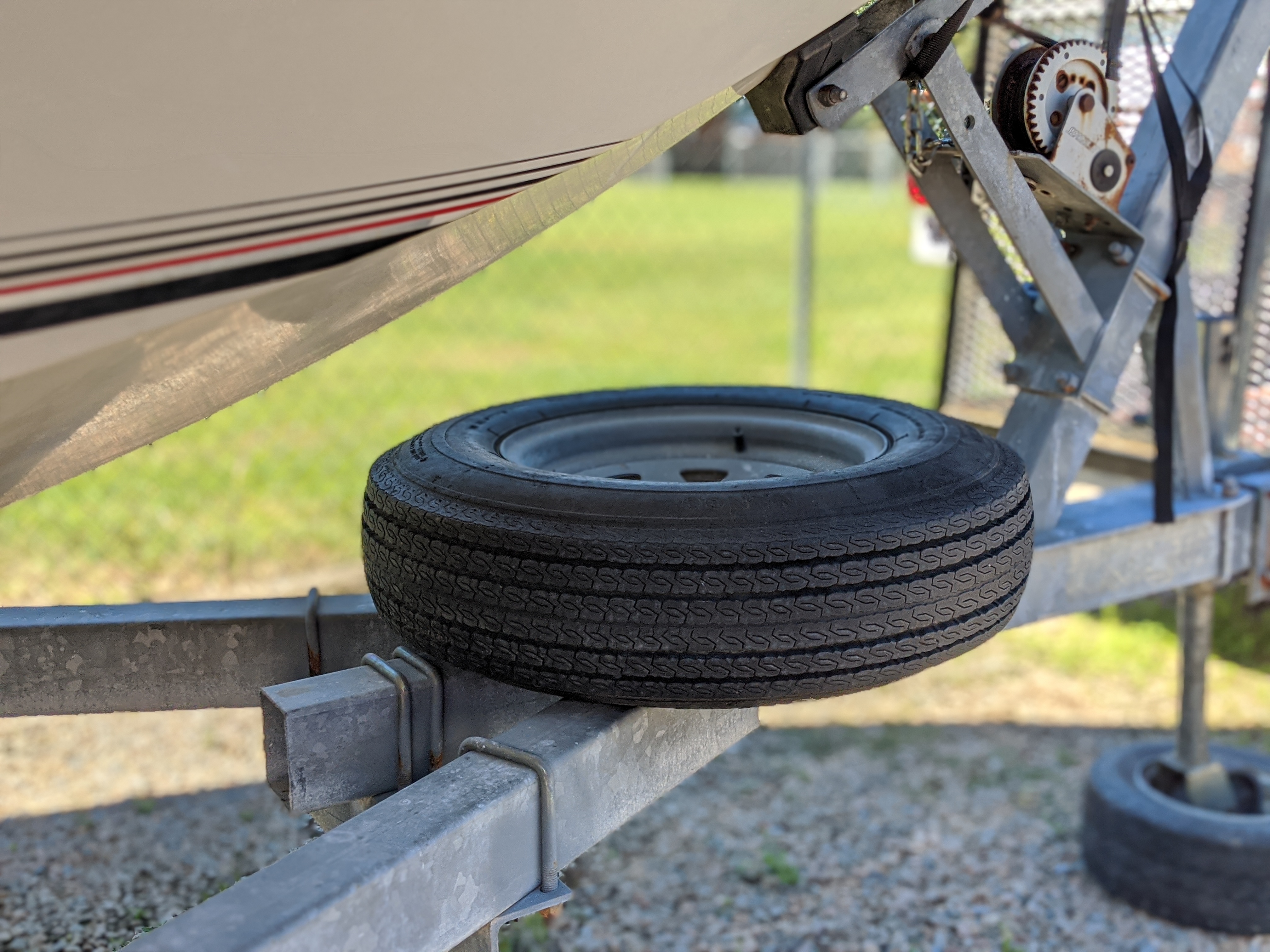
We hope you’ve found some helpful hints on how to keep your boat trailer tires in top shape. Let us know if there’s anything else you would add. Happy trailering!

